In this post we tell you everything you need to know about the “last of the roads” and its recognition. The Muxiana and the Fisterrana are the documents that prove that the pilgrimage has been made to these two municipalities.
The road to Fisterra is full of magic and symbolism, a mystical experience that we invite you to live! Take note.
The epilogue of the roads
If you’ve ever walked the Camino de Santiago, you probably recognize the feeling of arriving at the Cathedral of Santiago and still wanting more. Just like when you read a good book, that feeling of emptiness that invades you when you finish it. That is why, whoever discovers the route to Fisterra, always ends up doing it.
To undertake the pilgrimage to Fisterra from Santiago, is to undertake the experience of walking “to the end of the world”, in a figurative sense. They say that the pilgrimage to Fisterra is the last act of faith and purification of the pilgrims. A kind of ritual of rebirth in which you free yourself.
The ritual consists of the following: first, once arrived at Fisterra you must bathe; second, you must get rid of the material things you carry with you, such as clothes, by burning them (currently this is done in a symbolic way since it was forbidden to burn things because of the risk of fire); third, attend a mass; fourth, to complete the purification process you will need to contemplate the sunset from the “end of the earth”. The process of disappearance of the sun in the Atlantic horizon, means to free yourself completely, it is a mystical resurrection process in which you are reborn purified.
Legend has it that in Muxía…
The Virgin Mary arrived at the coast of Muxía in a stone boat, the remains of which are preserved in the famous Pedra dos Cadrís, Pedra de Abalar and Pedra do Timón. The virgin would have come to encourage the apostle in his evangelizing mission.
The Fisterrana and the Muxiana
Since the 90’s, when the pilgrimage from Santiago to Fisterra and Muxía was made official, the routes have their own accreditation: “La Fisterrana and La Muxiana”.
How to obtain the Fisterrana?
This document was created and is issued by the Town Council of Fisterra since 1997. To get it is necessary to have the Pilgrim’s Credential in which in the same way that in the Camino de Santiago we will have to stamp either in hostels, parishes, churches or in any representative place of the Camino de Santiago. The Credential can be obtained without any problem in Santiago de Compostela, in the office of the Pilgrim, in the case of starting the Camino and not extend the Camino de Santiago. On your arrival in Fisterra you will be able to pick up your Fisterrana in the “Albergue de Fisterra”. Every day more and more pilgrims decide to finish their Camino in this place.
And the Muxiana?
In 2002, this document was created in the Casa da Cultura of Muxía, extending the Camino de Santiago up to here. Like the Fisterrana, to obtain the Muxiana it is necessary to carry and present the Pilgrim’s Credential stamped during the journey through Negreira, Olveiroa, Fisterra or Lires, unlike the Compostela, the delivery of the certificate is done regardless of the reason for which it has been pilgrimage.
So now you know pilgrims, we encourage you to come and live this magical adventure.
“Ultreia et suseia and until the end of the world” ;)

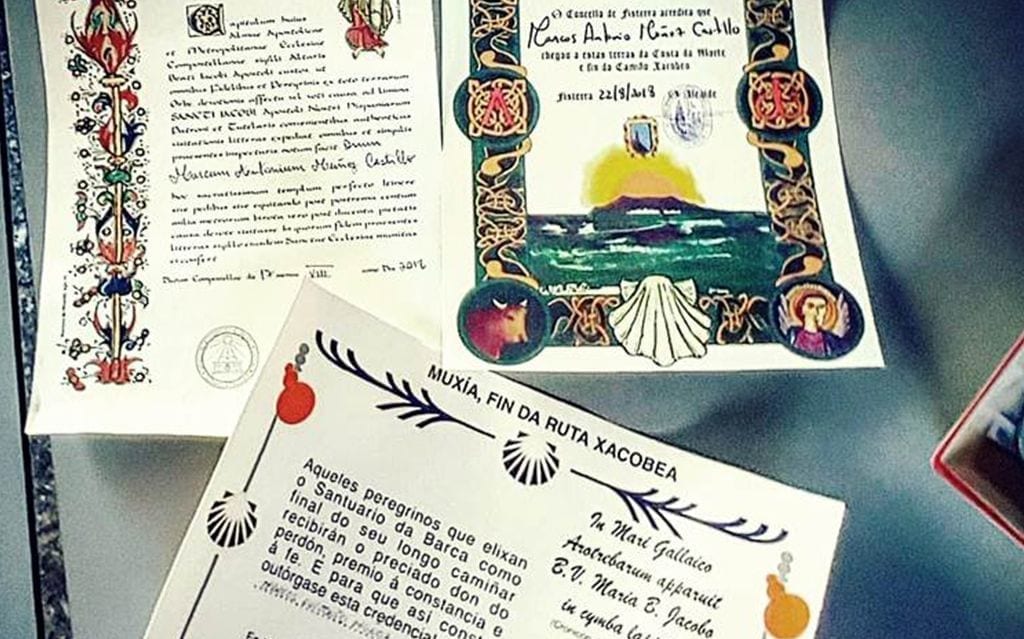

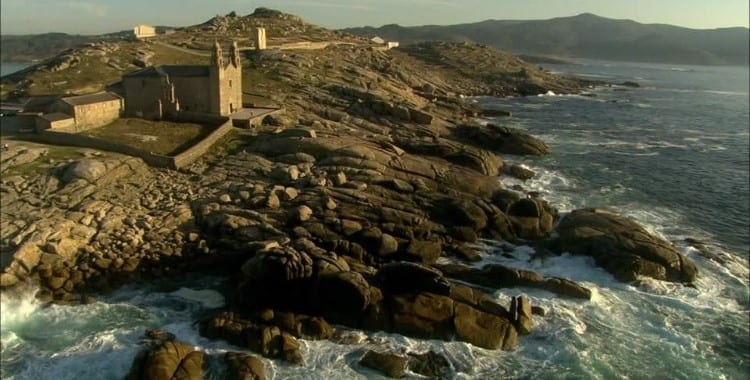
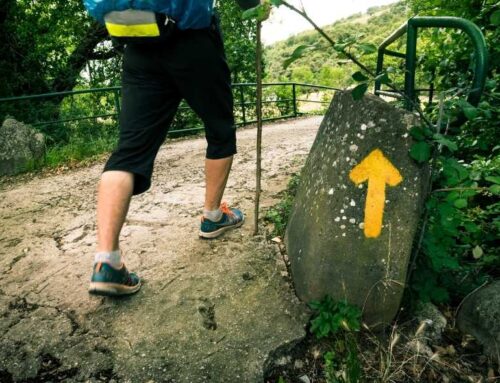
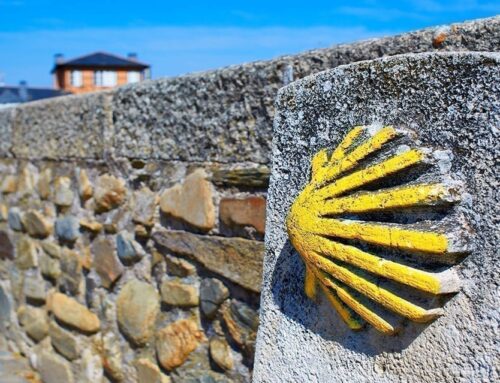
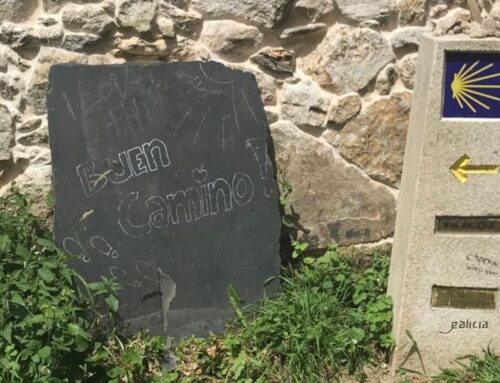

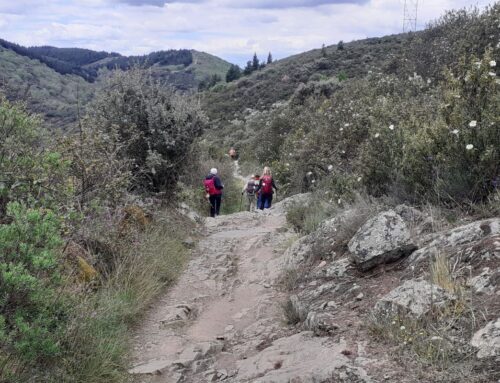
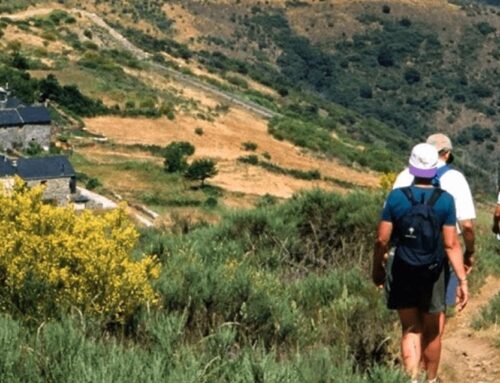

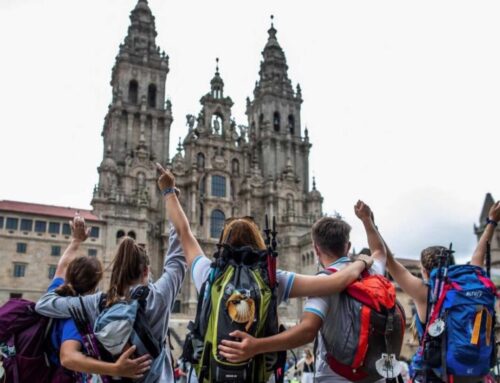
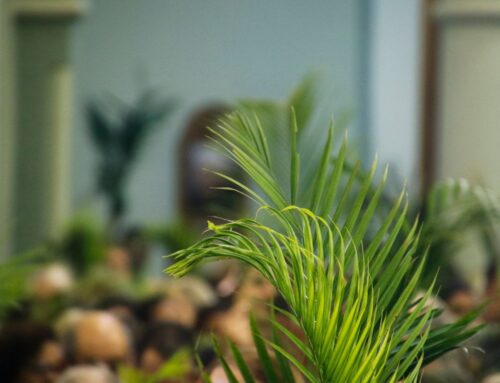


Leave A Comment